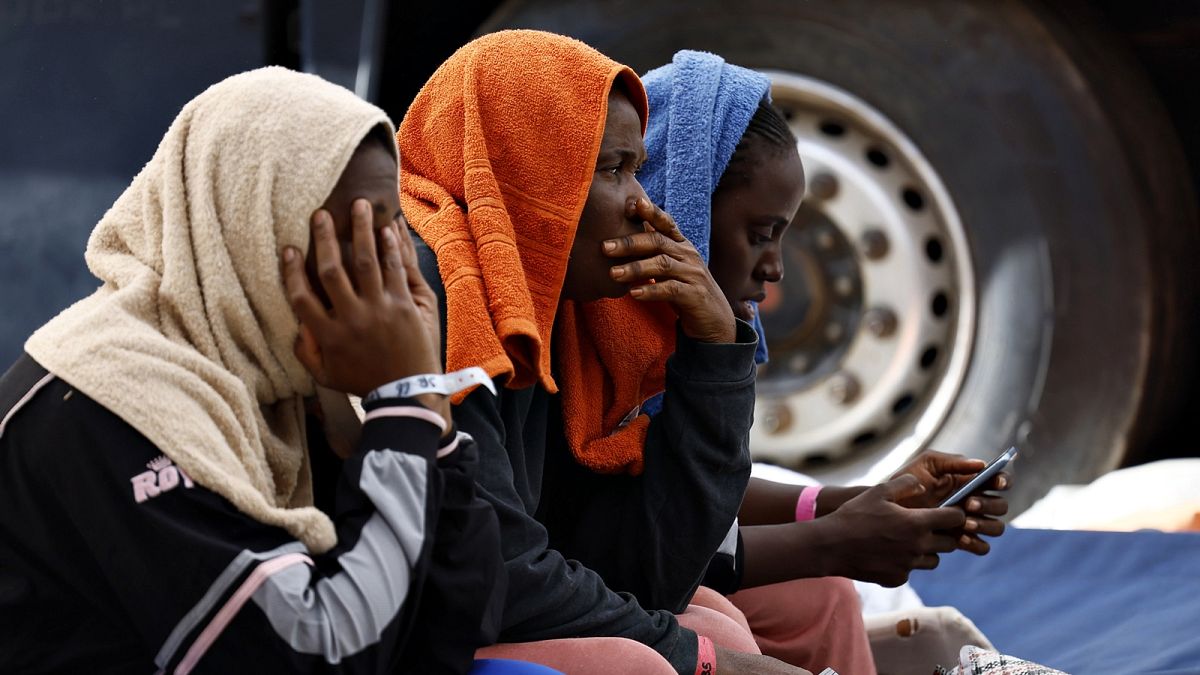Establishing “return hubs” for rejected asylum seekers is a challenging project that faces potential conflicts with international law. The European Union has endorsed the exploration of new ways to curb irregular migration, including the implementation of these hubs. Rejected asylum seekers whose applications have been denied and are not entitled to stay in the EU will be transferred to facilities located outside EU territory under this plan. However, there are legal, economic, and operational challenges that need to be addressed for this project to succeed.
The question of where these hubs will be located is crucial. Brussels will need to find a non-EU country willing to host the hub on its territory. Previous attempts at outsourcing migration policy to countries like Rwanda, Albania, and Uganda have faced complications. Finding a host country that is willing to accept rejected asylum seekers from any of the 27 EU member states will be a significant challenge due to countries having their own interests and concerns.
The cost of implementing and maintaining these hubs is another important factor to consider. The EU is expected to cover the entire cost of building and administering the hubs, exempting the host country from any financial burden. The potential cost of operation is uncertain, but it is likely to be substantial. Financial arrangements similar to those made with Tunisia and Egypt to prevent migrant vessels from departing may need to be negotiated to compensate the host country for hosting the hubs.
Detaining migrants in these hubs raises concerns about the length of their stay and the potential violation of human rights. The EU Return Directive allows member states to detain rejected asylum seekers for up to one year. Extending this period in external facilities could lead to violations of human rights and legal limbo for the migrants. The EU will need to ensure that the new proposal for “return hubs” complies with international laws and human rights standards to prevent legal challenges.
The effectiveness of deportations is a key issue that the EU hopes to address with the establishment of these hubs. The bloc has struggled with successful deportations in the past due to various factors, leading to a low deportation rate. However, keeping rejected asylum seekers outside the EU does not guarantee that deportations will become more effective. The EU will need to work on revising the concept of “safe third countries” and use additional tools to convince nations to cooperate in the deportation process.
The legality of outsourcing migration through these hubs is a major concern. The EU must ensure that the proposal for “return hubs” complies with international laws to prevent legal challenges. The principle of non-refoulement, which forbids deporting migrants to nations where they could face persecution, torture, or ill-treatment, must be upheld. The EU may need to sign a non-binding political commitment with the host country to navigate potential challenges with international law.
In conclusion, the establishment of “return hubs” for rejected asylum seekers presents complex legal, economic, and operational challenges for the EU. Addressing issues related to the location, cost, duration of stay, deportations, and legality of these hubs will be crucial for the success of the project. The EU must carefully navigate these challenges while ensuring compliance with international laws and human rights standards to prevent legal disputes and protect the rights of migrants.


























